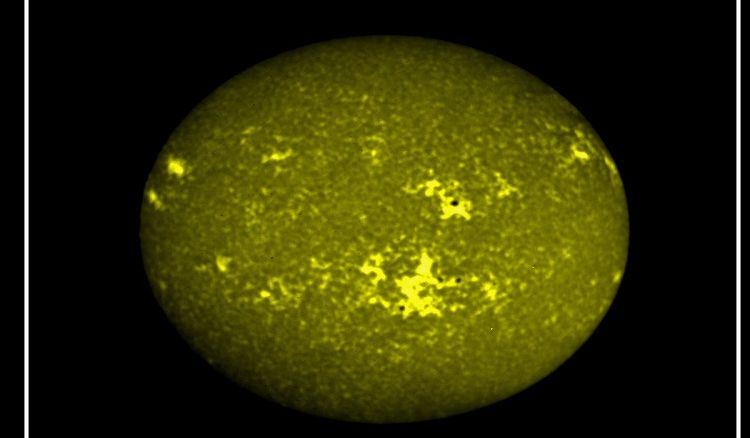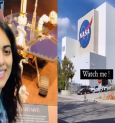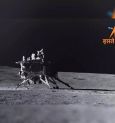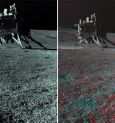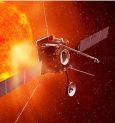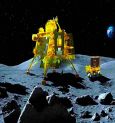The India Space Research Organisation (ISRO) has unveiled mesmerizing images of the sun captured by its solar mission, Aditya-L1, sending ripples of excitement throughout the scientific community.
Aditya-L1, the first solar-centric endeavor in India, has surpassed expectations by transmitting complete images of the sun from space to Earth. The images were taken using the Solar Ultraviolet Imaging Telescope (SUIT) onboard the spacecraft, providing a unique perspective of the sun's surface and upper atmosphere.
Released on Friday via microblogging site X, these images showcase the sun's ‘full disk’, capturing details within the wavelength range of 200 to 400 nanometers. ISRO emphasized that this range allows for a detailed study of the photosphere and chromosphere, shedding light on the intricate structures of the sun.
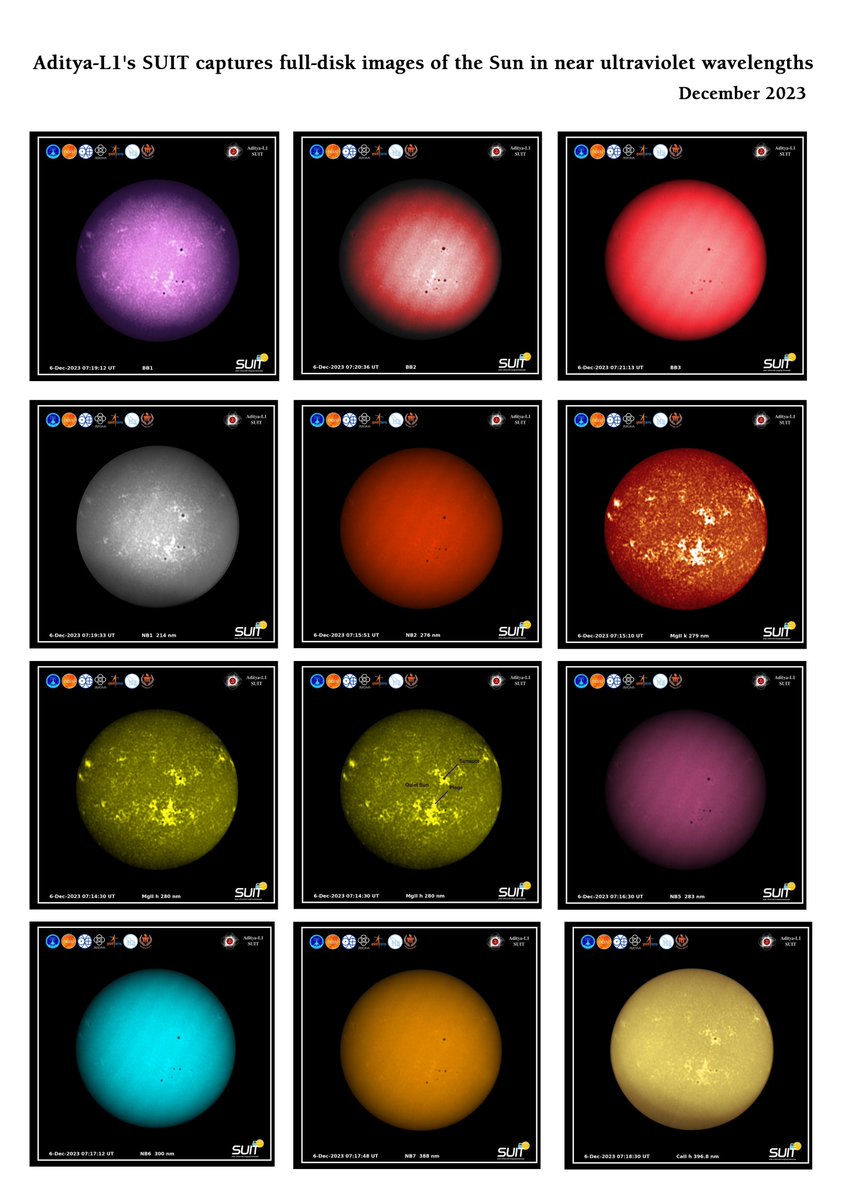
In a statement, ISRO mentioned in the caption, “Aditya-L1 Mission: The SUIT payload captures full-disk images of the Sun in near ultraviolet wavelengths. The images include the first-ever full-disk representations of the Sun in wavelengths ranging from 200 to 400 nm. They provide pioneering insights into the intricate details of the Sun's photosphere and chromosphere.”
The use of various scientific filters has enabled the spacecraft to capture clear images, offering insights into the dynamics of the solar atmosphere.
The images not only reveal the sun's surface and prominent features but also provide glimpses of unexplored regions. Scientists anticipate that these visuals will significantly contribute to our understanding of the solar atmosphere and its impact on Earth's radiation.
Aditya-L1, launched from the Sriharikota Space Research Center in Andhra Pradesh on September 2, is on its way to becoming the first Indian spacecraft to reach the solar destination, covering a distance of nearly 10 lakh kilometers. Following successful tests, ISRO activated the Solar Ultraviolet Imaging Telescope on November 20, capturing its first light science images on December 6.
The solar mission aims to enhance our comprehension of the Sun-Earth connection, emphasizing the critical role of the sun in influencing our planet's climate. With Chandrayaan-3's successful lunar landing in August and Aditya-L1's breakthrough in solar imaging, ISRO continues to make strides in space exploration, marking India's prowess in scientific endeavors beyond Earth's boundaries.
 বাংলায় পড়ুন
বাংলায় পড়ুন


